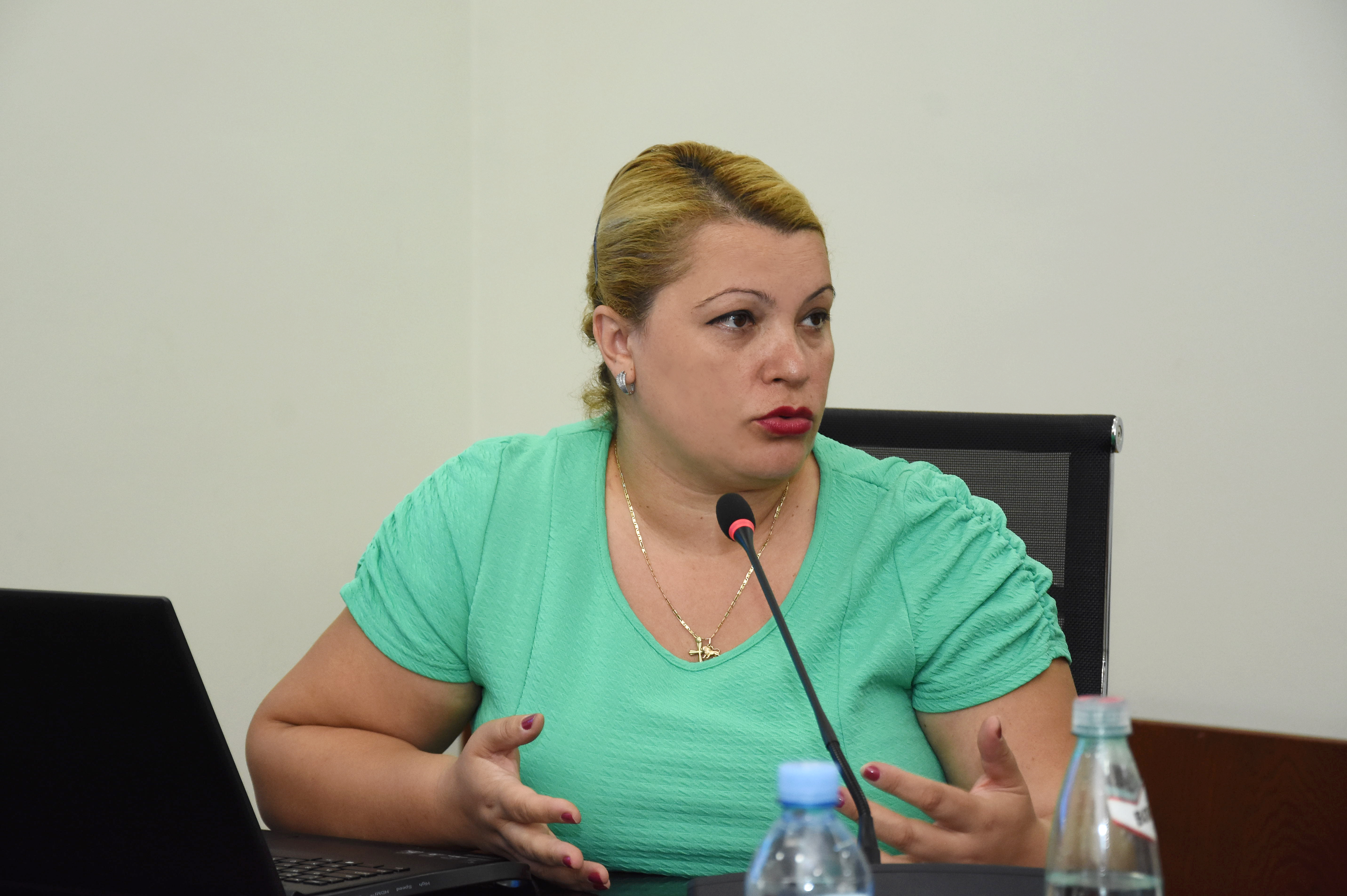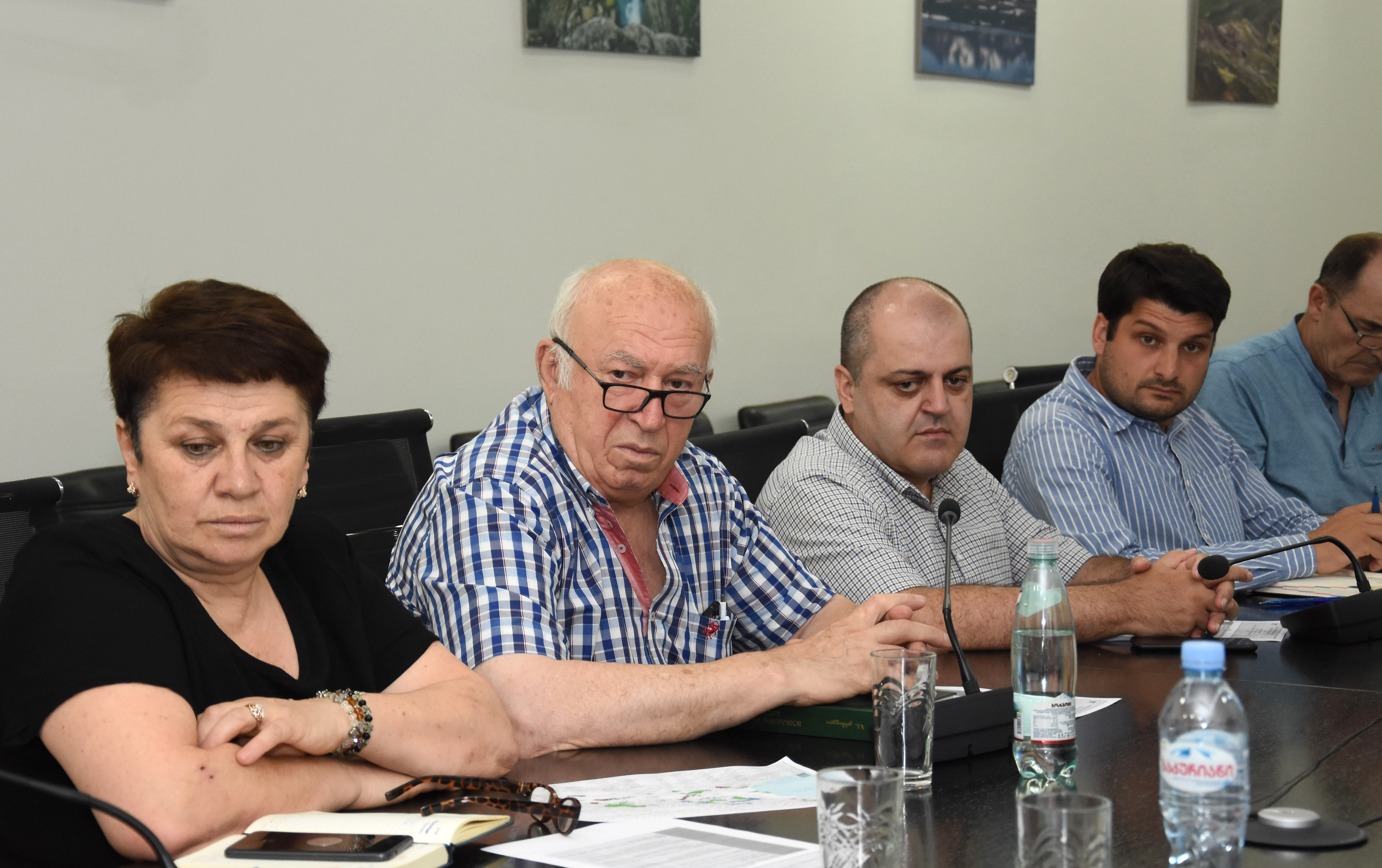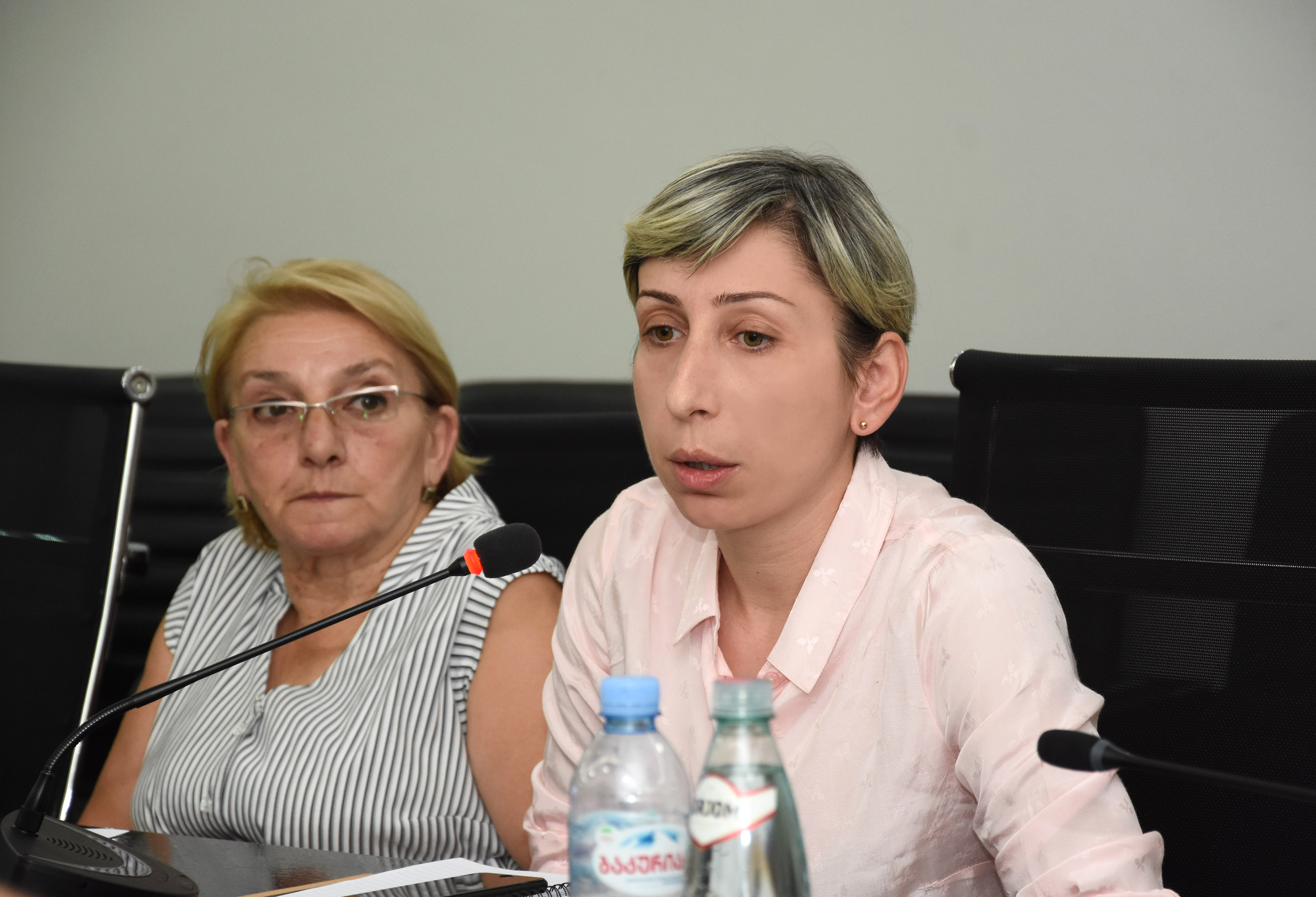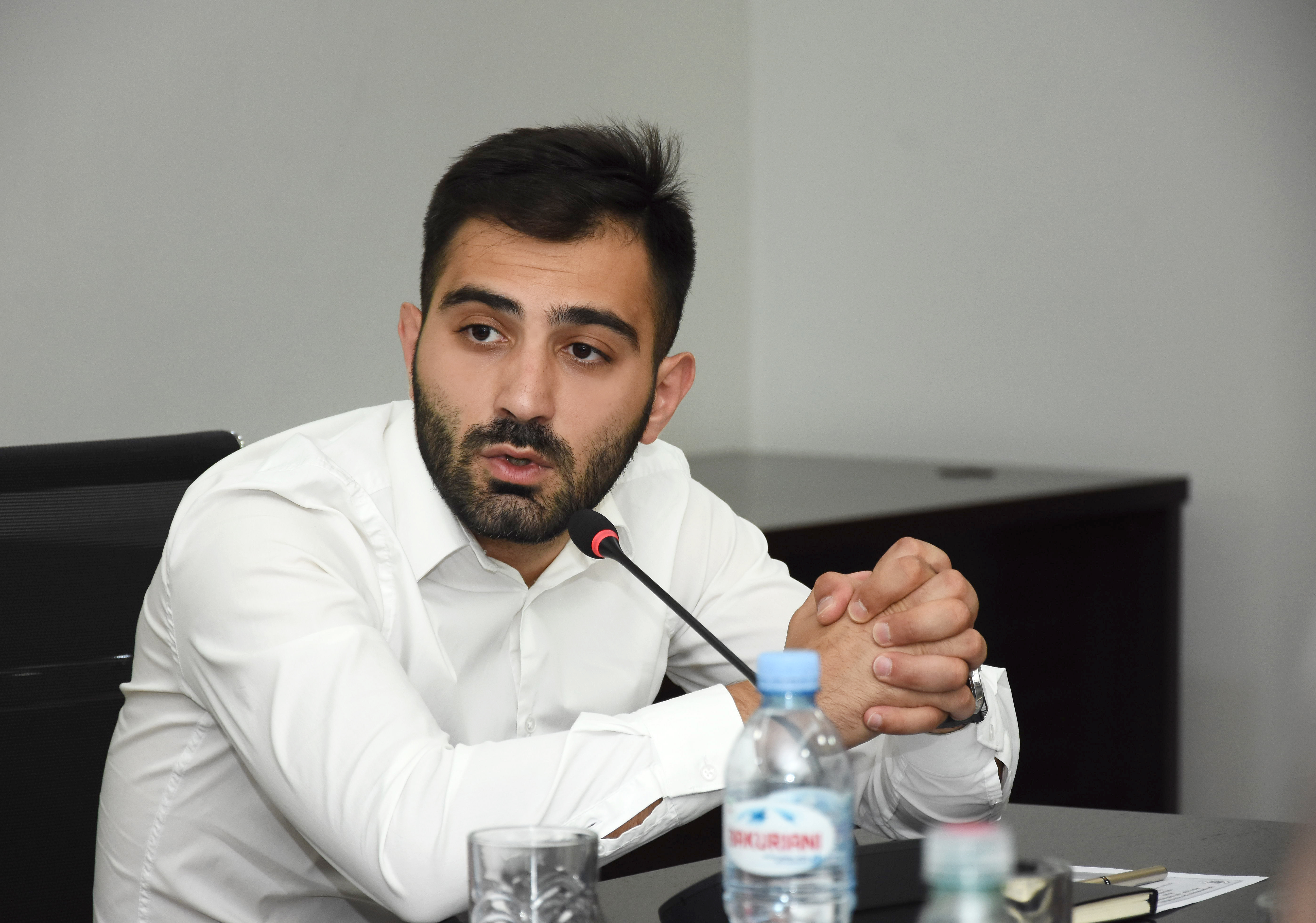News
Causes of pine tree death to discuss at the extended meeting
At the Ministry of Environmental Protection and Agriculture of Georgia, the Working Group on the Restoration and Protection of Forests held an extended meeting to discuss the decay of pine trees. The Deputy Minister of Environment Protection and Agriculture, Yuri Nozadze chaired the meeting.
“It is important to identify pine tree diseases and problems, develop recommendations and an action plan to address the problem and protect the green cover. The Ministry has relevant material-technical base, as well as expert knowledge, human resources; Therefore, the Ministry might be a coordinating body, which will run an effective communication between the field specialists, representatives of local self-government and other state agencies ”- said the Deputy Minister of Environmental Protection and Agriculture, Yuri Nozadze.
At the meeting, the specialists named environment and several species of pests as causes of pine tree death and noted that, complex approach is necessary to deal with the existing problem.
The experts in the field of environment expressed their opinions and made recommendations. Some key recommendations were identified. The participants stated, that each damaged area should be identified, timber cutting, processing and removal is necessary, complex research (air, soil, environment, etc.) should be conducted, local tree seedlings should be planted on the area to substitute the damaged trees.
The integrated management plan will be developed, which will be based on the recommendations provided by the field specialists.
The representatives of the Ministry of Environmental Protection and Agriculture, Tbilisi City Hall, National Forestry and Protected Areas Agencies, Agricultural Research Center, National Food Agency, Ajara AR Environmental Protection and Natural Resources Agency, Environmental Protection Divisions, Department of Environmental Protection and Natural Resources of Ajara AR and the Department of Environmental Protection of the Abkhazian Autonomous Republic, Forestry Institute of Agrarian University, Research Laboratory, NGOs and International Organizations attended the extended meeting.



